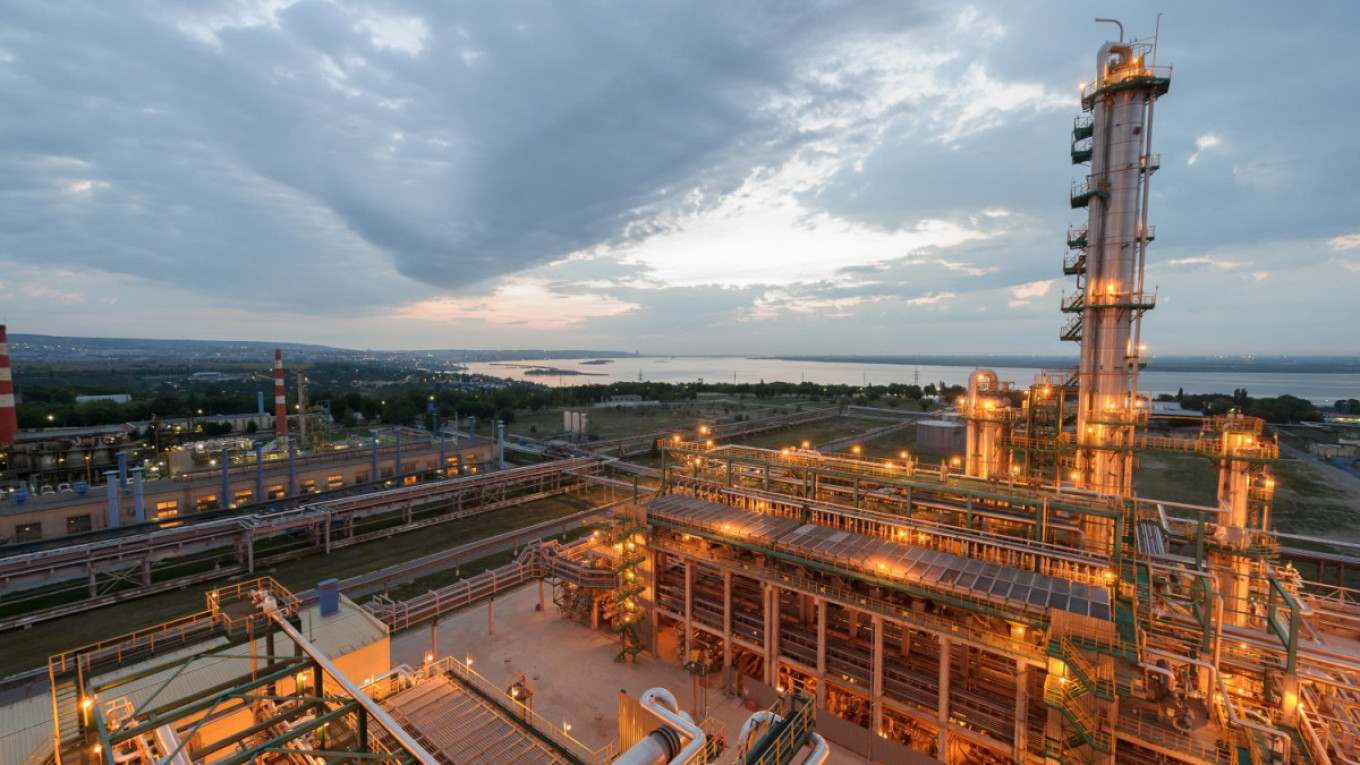Ukraine strikes Rosneft’s Saratov refinery for the fourth time since early fall
3 November 11:17
On the night of November 3, the Ukrainian military attacked the Saratov region of the Russian Federation with drones. The target was a Rosneft oil refinery with a capacity of 5.8 million tons per year. The attack resulted in a fire in the area where the AVT-6 was installed. Another drone tried to hit the pentane-hexane isomerization unit, but was prevented by an anti-drone net, "Komersant Ukrainian" reports, citing Russian propaganda media.
A number of TV channels report on the Ukrainian Armed Forces strike on the Saratov refinery. Local residents reported explosions, sirens, UAVs and air defense operations in Saratov, Engels, as well as in the Balakovo and Kalinin districts of the region.
At night, Governor Roman Busargin wrote only about the threat of a drone attack. The Russian Defense Ministry reported in its morning report on the “interception” of 29 drones over the region. Saratov’s airport was closed for security reasons, and the “Carpet” plan was also implemented in the neighboring Penza region. This is the fourth attack on the Saratov refinery since early fall. Previously, it was attacked on October 16, 20, and September 16.
The Saratov refinery has a design capacity of about 140 thousand barrels of oil per day and is one of the key suppliers of gasoline and diesel fuel for the European part of Russia. The General Staff of the Armed Forces of Ukraine noted that the company is “involved in meeting the needs” of the Russian Armed Forces.
In addition to Saratov, the Armed Forces also attacked Rostov (29 drones), Volgograd (4), Belgorod (1), and Stavropol (1) regions, the Russian Defense Ministry reported. A total of 64 Ukrainian drones were destroyed overnight over Russian territory, the ministry said.
Rostov Region Governor Yuri Slyusar wrote that the drones were “shot down and intercepted” in Kasharsky, Bokovsky, Chortkovsky, Millerovsky and Dubovsky districts. According to him, “no one was injured.” Information about the consequences is being clarified.
Since the beginning of August, the Ukrainian Armed Forces have hit a total of 22 refineries, putting some of them partially or completely out of commission. According to Bloomberg, in October, Russia’s oil refining volumes fell to 4.86 million barrels per day, down almost 10% from July, and the lowest in at least five years.
Against this background, residents of 57 regions of Russia faced gasoline shortages. This forced the authorities to abandon fuel exports, increase purchases from Belarus, and start importing from China and other Asian countries. The International Energy Agency (IEA) predicted that the slowdown in oil refining due to the Ukrainian strikes would continue at least until mid-2026.









